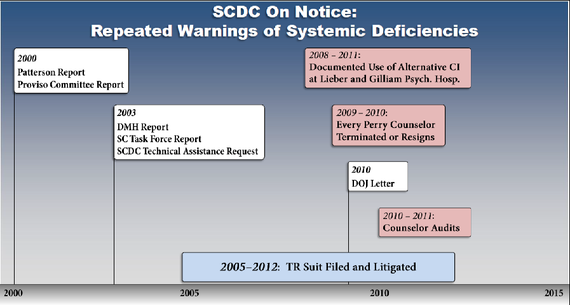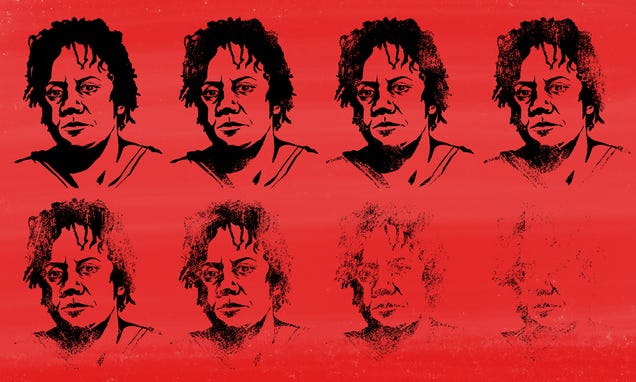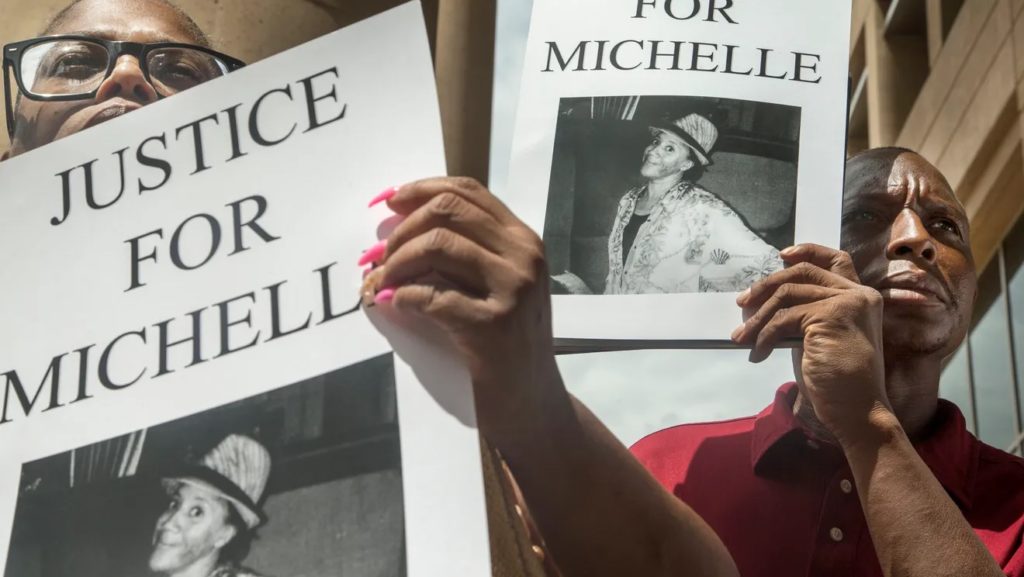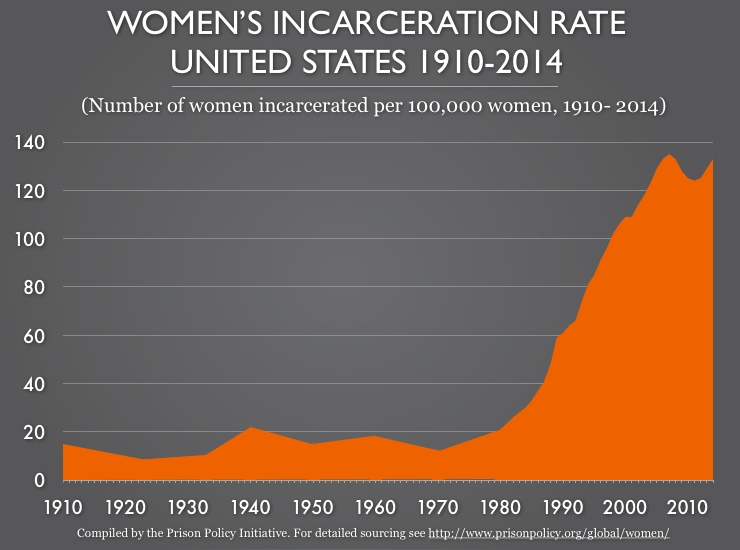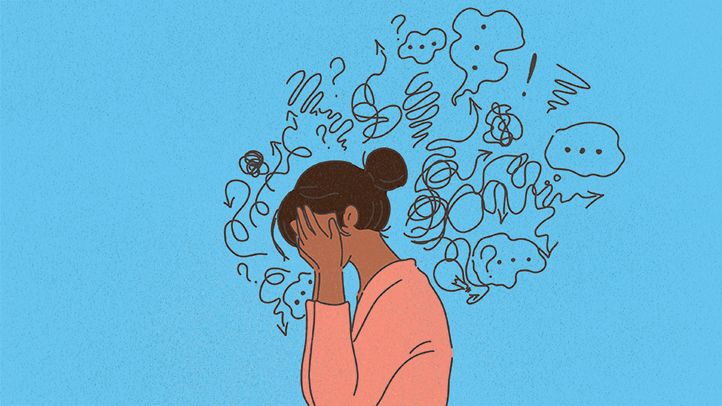
This is what mental illness is.
Depression is the inability to get out of bed even though you will eventually because you have to function. You may skip the shower though because what’s the point anyway? And then on your days off you stagnate, head cloudy with negative thoughts about your life and your job and your performance and everything about your body. You’re too fat, you have too much excess skin, you aren’t exercising why aren’t you exercising but what’s the point of exercising you’ll never live up to that expectation you have in your head. It’s being so tired and wanting to sleep but waking up at intervals during the night-or oversleeping the next day. It’s feeling like you’re holding the weight of the world on your shoulders and crying because you can’t take the pressure anymore.
The lead up to a depressive episode is checking to make sure the routines you like to do are something you are doing. Am I making my bed? Cleaning my room? Going for a run? Am I starting to withdraw? Is the haziness beginning to come over you?
…sometimes, it’s a feeling that no one will miss you if you’re gone…maybe the world and your loved ones would be better off without you…sometimes it’s a feeling that you’re not worth all the trouble so maybe it’s time to think about ending it all…
Anxiety is that gut wrenching feeling of the world not being in the organized space and time you need it to be. The world is chaotic, and you can’t understand or react in a way that’s beneficial to you. You stress over the littlest tasks because you believe you’ve done them wrong-all you ever do is something wrong. It’s the pit in the bottom of your stomach when you have to rectify a mistake that might not even be caused by you; it’s always your fault anyway, you’re the problem. It’s panicking and overthinking and rocking back and forth for self-soothing. It’s clawing your arms and your scalp because that’s the only grounding you have to help you; you know it’s bad, you know it’s not right, but god the overwhelming twisting in your stomach and pain in your chest hurts just a little less when you do it.
It’s the expensive therapy appointments and relearning how to counteract your brain’s instincts to assume the worst. It’s learning to be kind to yourself because all your life you’ve been fighting the same battles so of course it’s going to take just as long to recover. It’s medicines and visits to psychiatrists to regulate the hormones and chemicals in your brain to the point of being functionally a human being again and not a dark, spiraling cloud about the burst.
Mental illness is never mass shootings.
Mental illness is never hating minorities, or women, or wanting to cause mass harm to so many people. It’s not an ideology that everyone is inferior to you and they need to die (further from the truth, actually, everybody is better than me and I am a waste of space). Mental illness is turning the gun on yourself rather than on others. Mental illness is knowing how terrible you feel and never wanting to wish that on another person.
And I know my experience is not universal, but blaming the mass shootings that have been racking the United States on people who are mentally ill is not only statistically unsound but a dangerous precedent in re-stigmatizing a population that is already struggling to be acknowledged. It’s deterring from having a real conversation about gun violence and mass killings that can lead to policy change and action-something that gun rights advocates want. Because ultimately, the problem isn’t mental illness but access to firearms that can cause so much harm.
(By Nichole Smith)
(Image Credit: Everyday Health / Aleksei Morozov)


